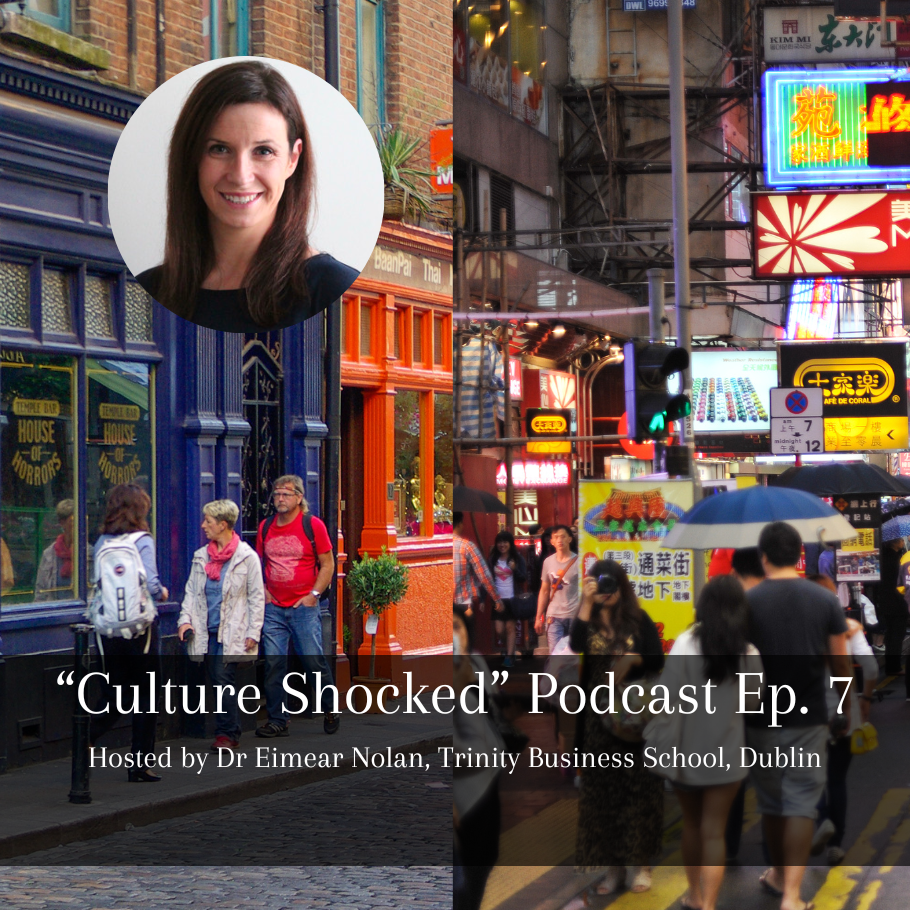Everything You Ever Wanted To Know About UX Unicorns But Were Afraid To Ask Posted at 0:00, Thu, 8 January 2015 in Industry Insights
During 2014 a number of significant shifts were felt in the UX world in Australia. And these shifts have led to a growing sense of unease within organisations as to whether they can hire sufficient numbers of skilled designers to realise their innovation plans at the pace they need to. Every enterprise business is ‘scaling up’ their experience design capabilities. All. Of. Them.
The number of Experience Design folk in Australia is somewhere around 3000. This includes infrastructure architects, visual designers, researchers, juniors, seniors, all walks of experience design life. There are simply not enough to meet the huge levels of demand.
The toughest call here is the growing demand for the “Unicorn”. What constitutes a Unicorn I hear you ask? Simple; an Experience Designer that possesses every core aspect of design – IA, visual design, content, user research, interaction design – then add on business skills like Agile, analytics, marketing, ROI, tech, use cases, business acumen to name a few. Oh, and then add ‘softer’ skills like facilitation, sketching, presenting and the all-important “story telling”. (That last one is going to be seen more and more on JD’s and in job titles in 2015/16 btw….)
Core experience design skills + Business + Soft skills = Unicorn
The reason they’re known as Unicorns of course is because they are almost as rare. So how on earth are businesses in Australia – and the rest of the world for that matter – going to find enough of these beasts to fulfil the demand for their skills? Capital One bought Adaptive Path for exactly that reason. It was a great solution for finding enough of the people with the skill sets that they needed, all in one place in Adaptive Path! There are around 24,000 open experience design roles in the US right now. Barclays in the UK is looking for 200. The big banks in Australia are all warring for large numbers of UX folk, telcos are about to hit the streets for large numbers and then there are the major professional services players also hunting in packs as they help their talent-poor enterprise customers around the globe to achieve huge digital innovation programmes.
Design Schools are beginning to produce the foundations for such individuals to be born and some corporates are trying to tap into this talent stream, however there are limitations there and we know that the majority of these skills are in fact self-taught. Ask any of the truly great experience designers how much of what they know they learned in their studies, and how much they taught themselves, you’re likely to find an average of 20:80 education:self-taught.
My message is that all businesses need to have a focus on creating more Experience Designers. How? Design a working week for these folk which incorporates a culture of learning and, as Jared Spool articulated so well in his talk How Do We Design Designers? at MidwestUX in October, give them time to practice! Jared hit the nail on the head in identifying just how the best Designers become such. Just like the David Beckhams, the Novak Djokovics, or to quote Jared, the Sam Huliks, Evernote’s on-boarding expert. These people are fuelled by passion for what they do, they practice what they don’t know until they know it and keep practicing to get better and better. They educate themselves and then they educate others.
Who’s going to be your Unicorn?



